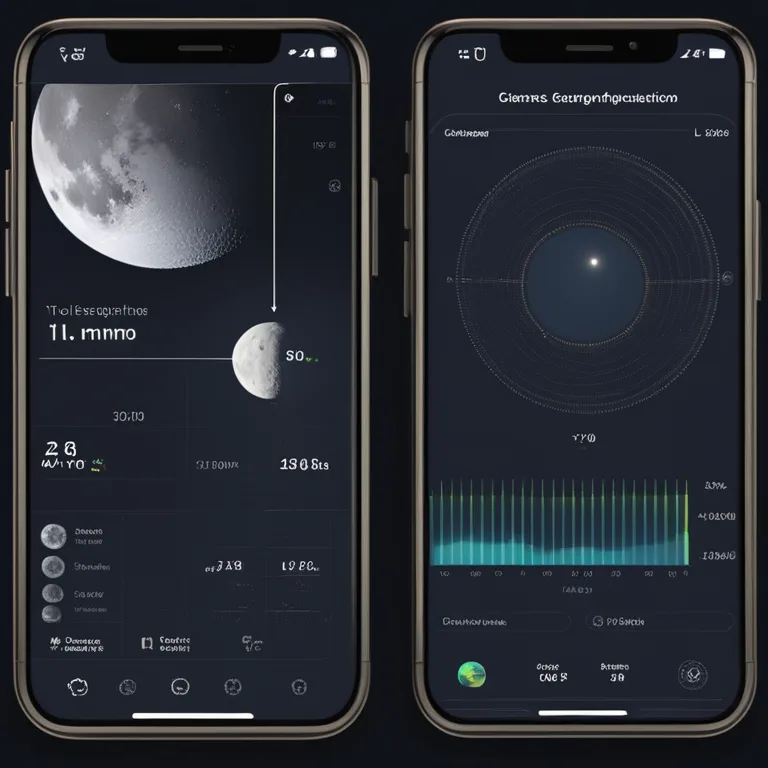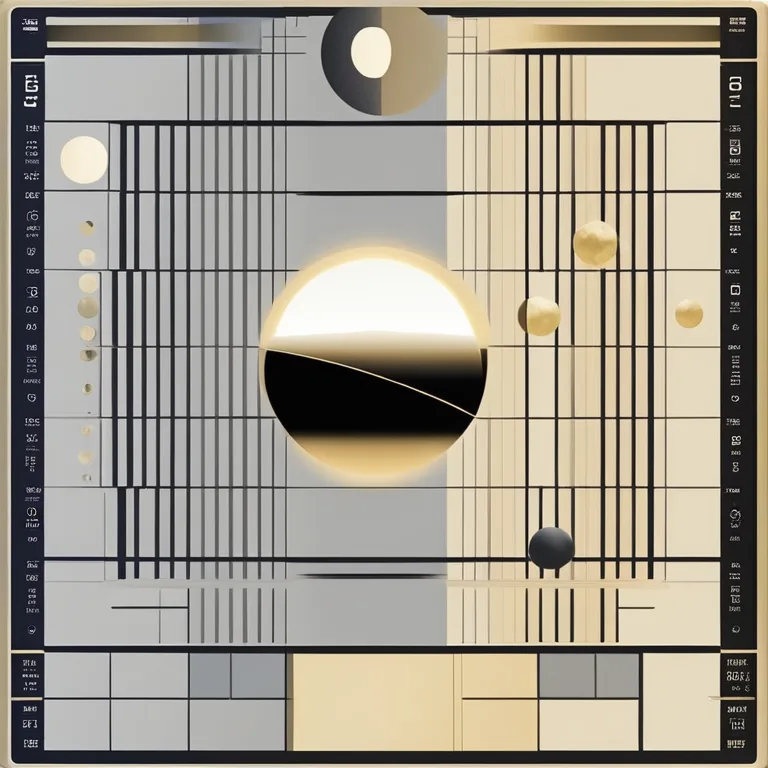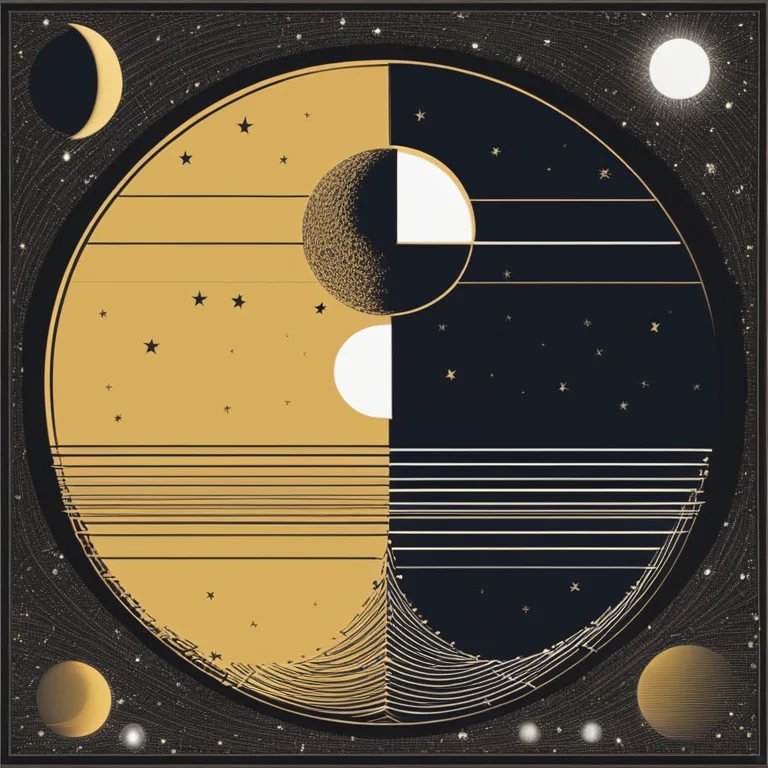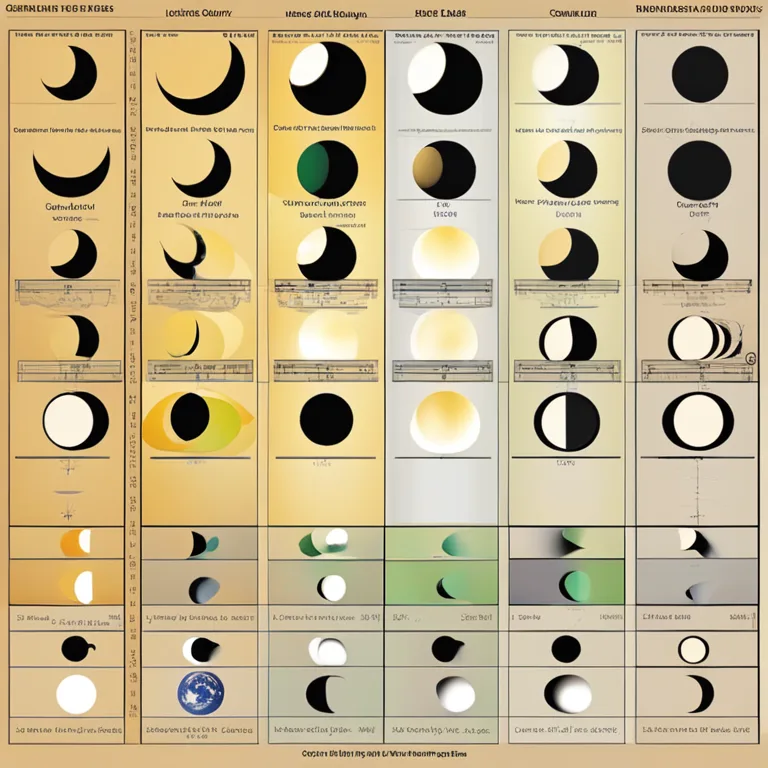
How to Find Your Moon Phase Easily
Discover simple steps to determine the moon's phase on any given night for guidance in astrology and horoscopes.
article by Priya Deshmukh
Introduction to Moon Phases
The moon dances through a continuous cycle of phases, each holding unique astrological significance that can influence our daily lives. From the optimistic new beginnings heralded by the New Moon to the culmination of efforts at the Full Moon, understanding the current lunar phase provides insight for personal reflection and growth. As we look towards 2024 and beyond, identifying the moon's phase becomes a vital stepping stone for astrological forecasts and horoscope interpretations.

Lunar Cycle Basics
The lunar cycle comprises eight primary phases, each lasting approximately 3.5 days in a complete cycle of about 29.5 days. The cycle begins with the New Moon, progresses to the Waxing Crescent, reaches the First Quarter, blossoms into the Waxing Gibbous, culminates in the Full Moon, wanes through the Waning Gibbous, moves past the Last Quarter, and ends with the Waning Crescent, before renewing again. Understanding these transitions can help us align our activities with the cosmic rhythm.

Finding Moon Phases Online
In the digital age, finding the moon's phase for any date is easily accomplished with online calculators and websites dedicated to lunar tracking. These platforms often provide detailed visual representations of the moon, along with exact times and dates for each phase change. For 2024 and beyond, these resources are continually updated, ensuring accurate and timely information is available for planning and reflection according to the lunar calendar.

Mobile Apps for Lunar Tracking
Advancements in technology have brought the cosmos to our fingertips through mobile applications. There are numerous apps designed specifically for monitoring the moon's phase, providing alerts and astrological interpretations related to the lunar cycle. They can be set for your specific location, giving real-time updates on the moon's journey, and aiding in the creation of accurate astrological forecasts.

Observing the Moon Visually
For those who prefer a more hands-on approach, the moon's phase can be determined by simply observing the night sky. Over the coming years, clear skies permitting, one can gain an understanding of the moon's behavior by noting its visibility and shape. A New Moon is not visible at all, while a Full Moon is fully illuminated. A Waxing Moon will show increasing light on the right side, whereas a Waning Moon will show decreasing light on the left.
Consulting an Astronomical Almanac
An astronomical almanac is a valuable resource for enthusiasts and professionals alike, providing comprehensive details on celestial events, including moon phases. Almanacs are published annually and include data relevant for the year ahead, making them an excellent tool for planning in accordance with the lunar calendar, particularly valuable for astrological purposes as we move through the years 2024 and onwards.
DIY Moon Phase Calendar
Creating your own moon phase calendar can be an engaging and enlightening experience. By researching and recording the moon's phases over time, you develop a personal connection with the lunar cycle that informs your astrological insights. There are templates and tutorials available to guide you through the process, ensuring accuracy as you chart the moon's journey through the months and years that follow.
Published: 12/22/2023
Modified: 12/22/2023
More predictions
Come back here soon to learn more about yourself and your future


Numerology: Daily Insights
Discover the impact of numerology on your daily life with our insightful guide to harnessing the power of numbers for personal growth and decision-making.


Daily Insights & Numerology
Tap into the numerology of today to guide your path and daily decisions with tailored insights based on numerological analysis.


Moon Phases & Soulmate Connections
Discover how lunar cycles may influence your search for a soulmate and deepen romantic bonds in this celestial guide.